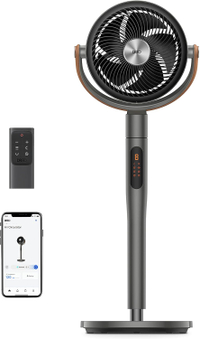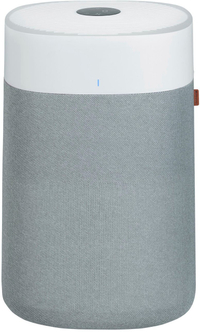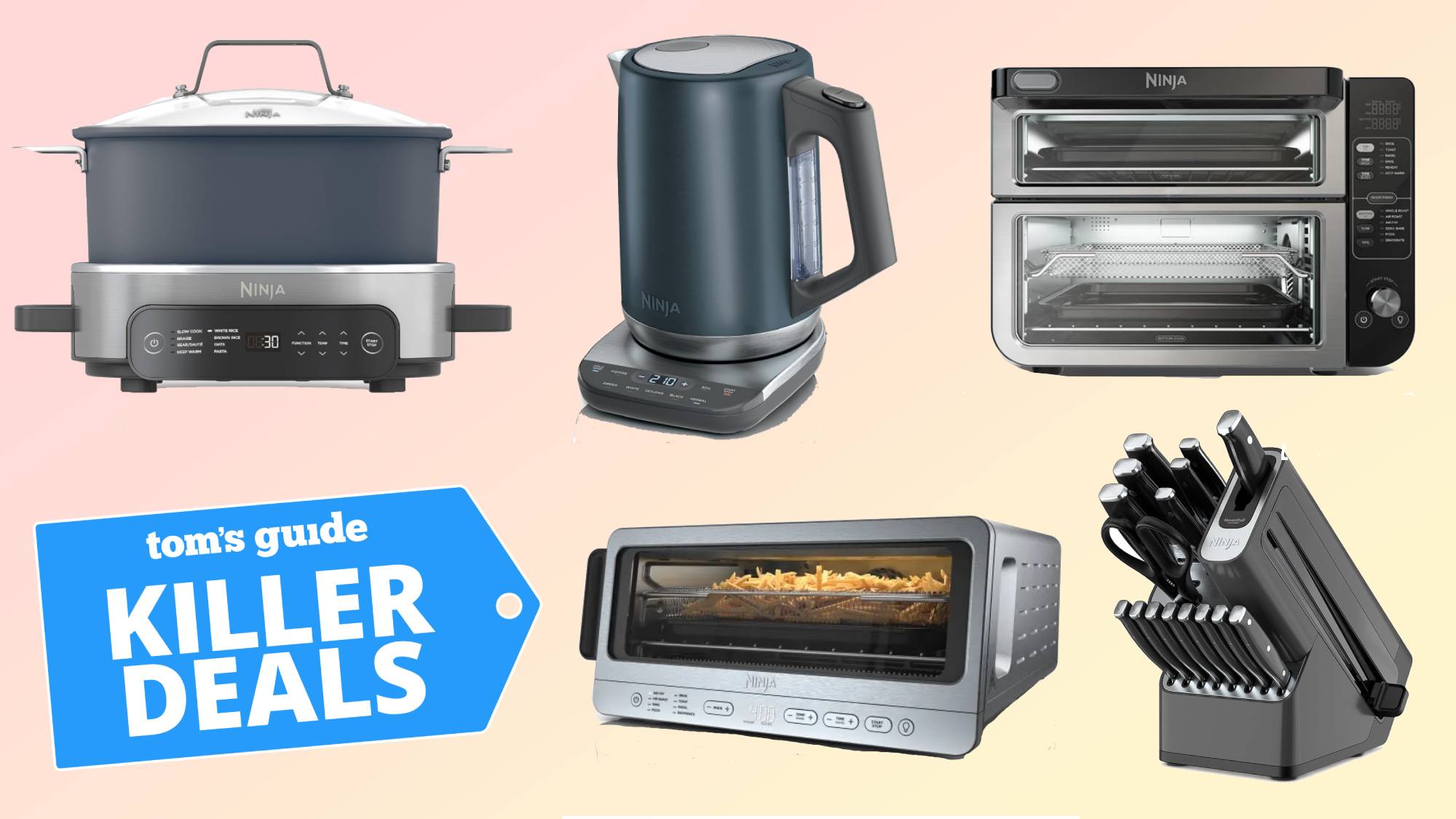5 common cleaning mistakes that could make you sick — stop these now
Experts warn these cleaning mistakes could make you sick
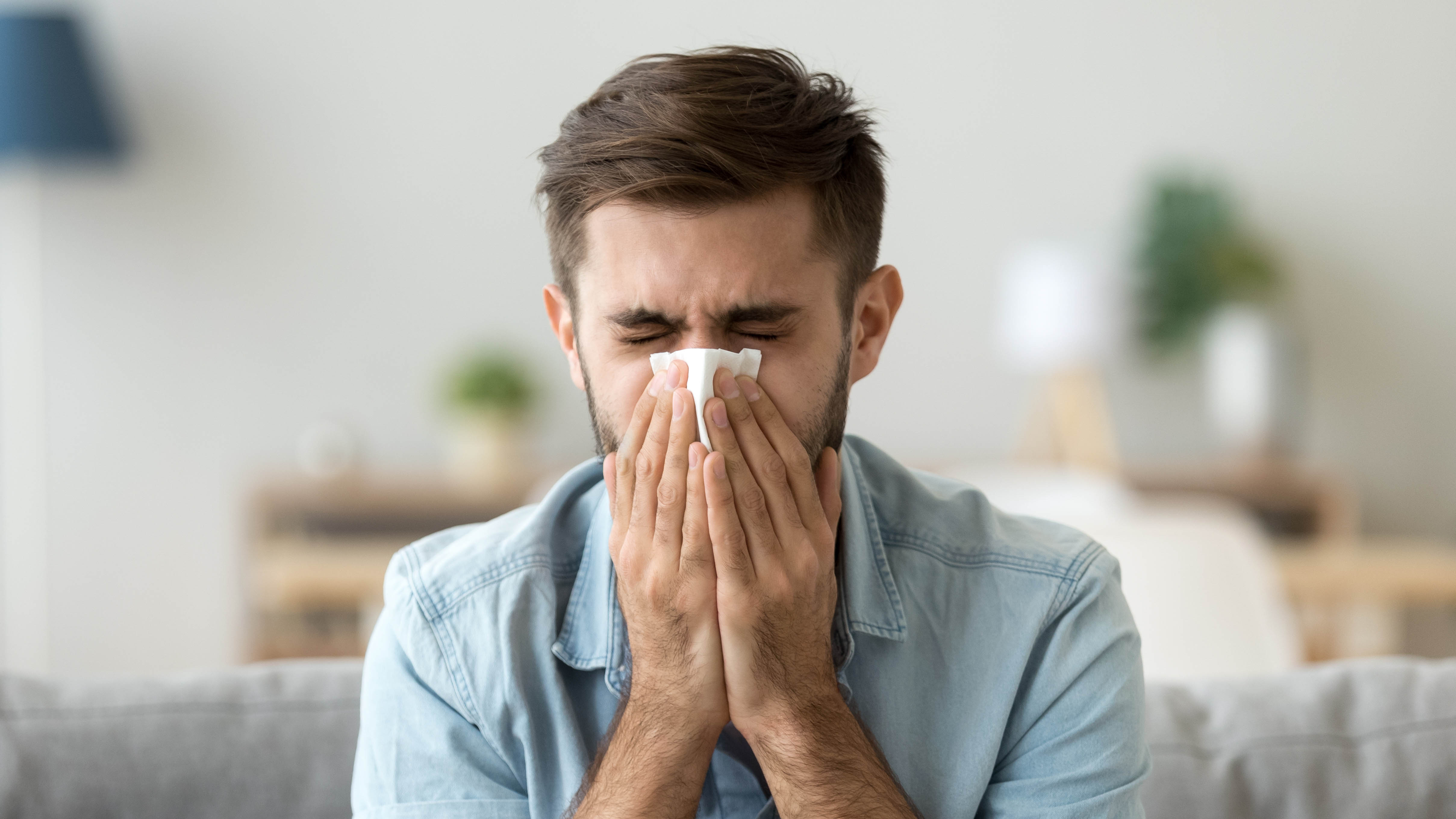
When it comes to cleaning every room of your home, we all have our favorite go-to products that help us tackle tasks in less time. And while we may think we’re on top of keeping our homes hygienic with such solutions, we could, unknowingly, be putting our health at risk.
According to the United States Environmental Protection Agency (EPA), cleaning products “may contain chemicals associated with eye, skin, or respiratory irritation, or other human health issues. Additionally, the concentrated forms of some commercial cleaning products are classified as hazardous.”
What’s more, we could be using our cleaning products incorrectly — making us feel ill or creating an unhealthy environment in the long-run. Potential health risks from inhaling cleaning products include headaches, sneezing, allergic reactions or serious respiratory illness. This is why many people are turning to eco-safe cleaners, or even making their own DIY cleaning products, and saving money in the process.
Luckily, we’ve got the cleaning experts at hand to reveal the common cleaning mistakes we often make, and top tips to ensure that you don’t feel unwell.
1. Not ventilating your room first

One thing we often forget is to properly ventilate the space when cleaning. It’s always important to open a window, door or turn on a fan whenever you’re cleaning with products. “When you're sprucing up your place with strong cleaners, crack open a window or turn on a fan, " advises Bryan Griffin, founder at Patriot Maids Cleaning Services. “It keeps those potent chemical smells from overwhelming you and helps clear out any airborne irritants.”
If you don’t have any windows in either a kitchen or bathroom, a long-term solution would be to install a vent fan. This is particularly beneficial for high humidity rooms such as showers/wet rooms, small kitchens and bathrooms.
Generally, there are three main types of fan. The most common are axial fans, which are ducted to outside through a wall or the ceiling. Centrifugal extractors are better for rooms with no external walls and work in a way that produces more pressure than axial fans, allowing them to propel air through much longer duct runs. The third type are inline vents, which are usually installed in attic spaces and are far more powerful. Bear in mind, any electrical installation should always be done by a qualified electrician or professional.
Sign up to get the BEST of Tom's Guide direct to your inbox.
Get instant access to breaking news, the hottest reviews, great deals and helpful tips.
If you can’t install a vent however, a standalone fan will help to circulate air around, and get rid of harmful toxins/smells. Here are some other clever ways to ventilate a room without windows.
This versatile smart fan offers multiple speed settings and wind types, powerful yet quiet airflow, and wide-ranging oscillation for comprehensive room coverage. With smart features like app control and voice commands, it adapts to various needs while maintaining energy efficiency. Its adjustable height and easy-clean design make it a practical choice for any room.
2. Mixing bleach with other cleaning products
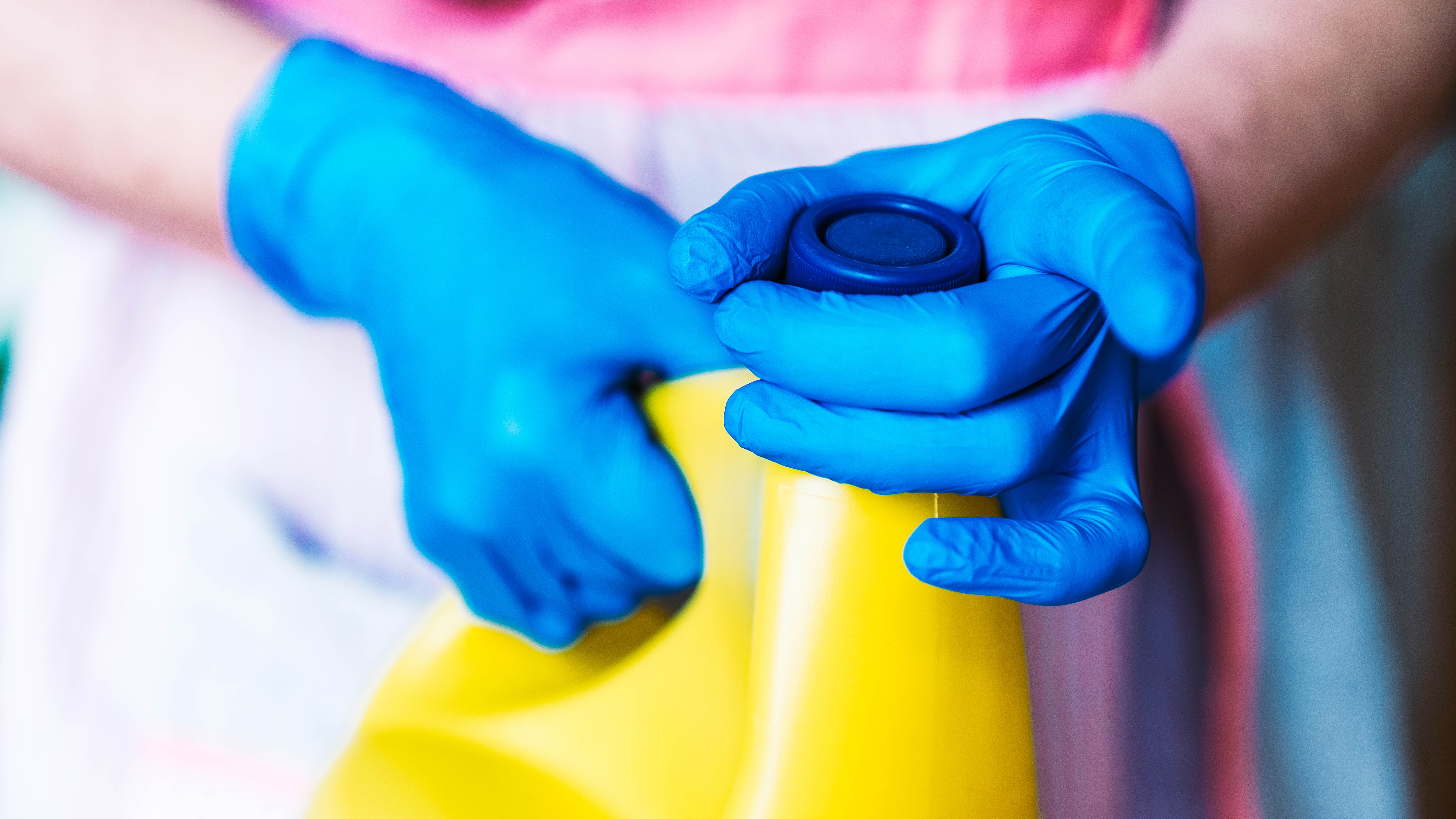
Another common mistake is mixing bleach with other cleaning products. Mixing bleach with anything other than water is a no-no. (Here are 7 things you never knew you could clean with bleach).
This is because bleach is a strong chemical that can react with other cleaners to form a toxic gas, making it potentially very harmful. But stick to the rules and only dilute with water and you’ll find bleach is a useful disinfectant to keep around. What’s more, bleach can damage certain surfaces and strip the color from others, so look out for these things you should never clean with bleach.
"Bleach, when mixed with vinegar, ammonia, rubbing alcohol and hydrogen peroxide, can produce various harmful chemicals," says Michael Bogoyavlenskiy, CEO of Cleaning Express. "These range from peracetic acid, which is an irritant, to chlorine gas, which is very dangerous."
What's more, if you struggle to clean your oven, don't even think about mixing bleach. “Bleach and an oven cleaner should not be mixed, as when both products are combined, it can release harmful fumes, including chlorine gas, which can cause respiratory problems, eye irritation, and other health hazards.” says Alex Woods, bathroom expert at Victorian Plumbing.
When used correctly however, bleach can be an incredibly effective cleaner for banishing germs and sanitizing items around your home. Also don’t make this mistake when you clean with bleach.
3. Using different drain cleaners
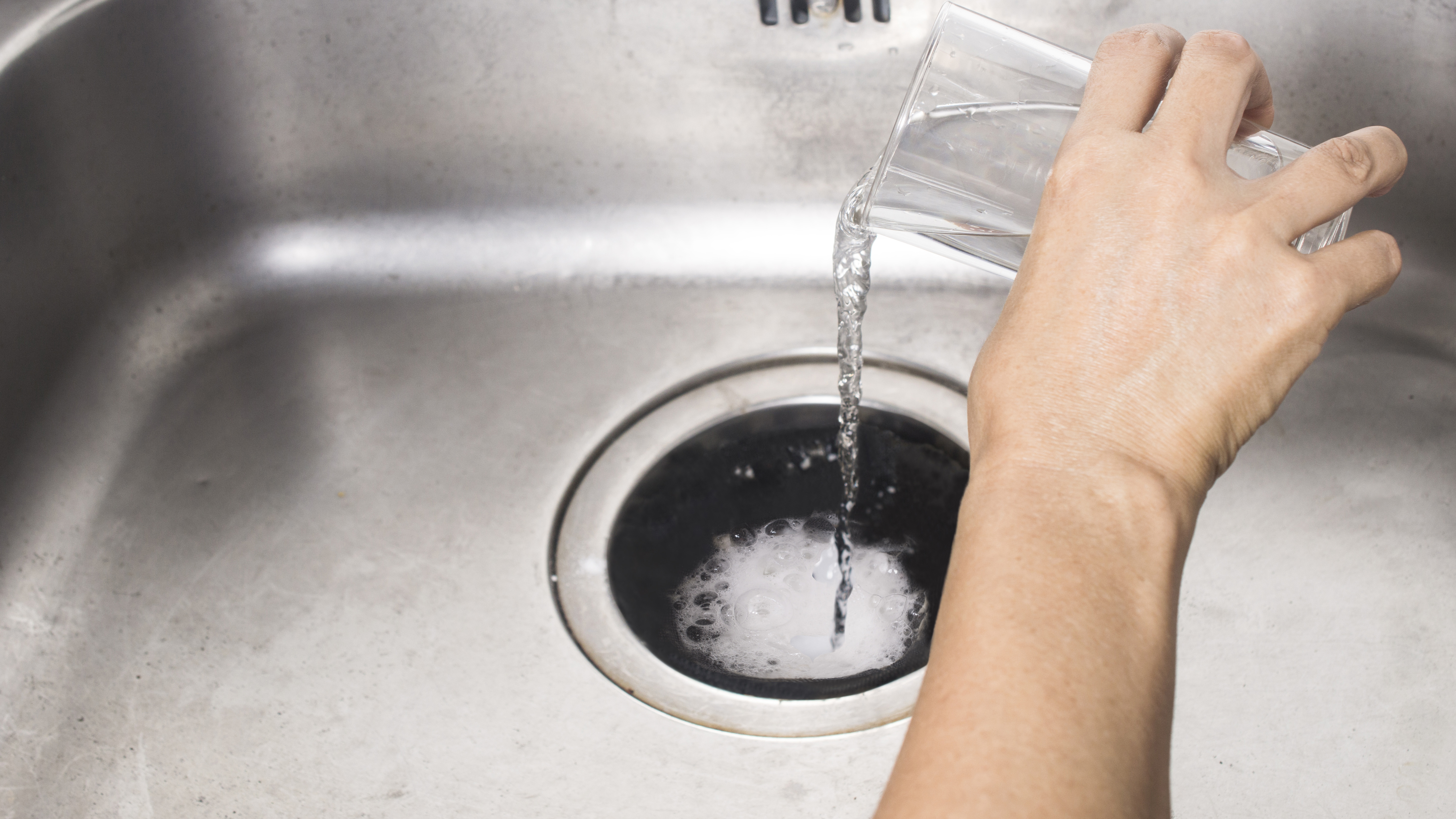
It's always a nightmare when water isn’t flowing freely down your kitchen or bathroom sink. And if you’ve ever had a blocked drain, you might have tried every product imaginable just to unclog a drain without using a plunger.
However, never mix different chemical drain cleaners. “Mixing different drain cleaners is dangerous,” adds Woods. “This is due to the chemical reaction between their ingredients which can release toxic fumes, cause explosions, or result in severe burns. I would recommend using one cleaner at a time as per usage instructions.”
Alternatively, you could try natural methods such as a baking soda and white vinegar method. Simply add two teaspoons of baking soda to the drain, followed by white vinegar. You’ll start to see the mixture start to fizz or bubble up as they start to react with one another. Then, boil a kettle of water and carefully pour the water down the drain. This should help to quickly dissolve the solution, and soften any hard grease or lodged debris clogging up your drains.
4. Spraying way too much product

We often assume that the more product we spray onto the surface, the cleaner or hygienic it will be. However, spraying too much chemicals into the air only increases the risk of inhaling it in our lungs (and anyone else in the home).
“Sprays such as aerosols and air fresheners can contribute to indoor pollution,” adds Forrest Webber, owner at Bear Brothers Cleaning. “Oven cleaners, disinfectant wipes, sprays, and essential oils can also harm humans and our pets. If it makes you dizzy when you smell it, don't use it!”
Surprisingly, using too much product can actually make things worse! ”Using more cleaner than you need doesn't just waste product — it leaves residues that attract dirt and dust, which you then breathe in,” adds Griffin, “And that can be super irritating to your nose and throat. Skip the "antibacterial" frenzy. Regular cleaners do the job without helping superbugs get stronger. When you need to disinfect, pick something from the EPA’s approved list to ensure it’s effective without being overkill.”
If you’re prone to dust allergies or simply want cleaner air, you might want to invest in one of the best air purifiers to filter airborne, indoor pollution.
The Blueair Blue Pure 211+ Auto holds the top spot in our best air purifier guide because it delivers premium performance across the board. This model provides a high CADR in terms of dust, smoke and pollen, and the design offers plenty of settings, including an auto mode, a night mode, as well as three fan speeds. It’s a brilliant option if you’re trying to purify a large space, and it’s seamless to operate as well. It's worth noting that the 20% discount is only on the medium sized purifier.
5. Not diluting products properly
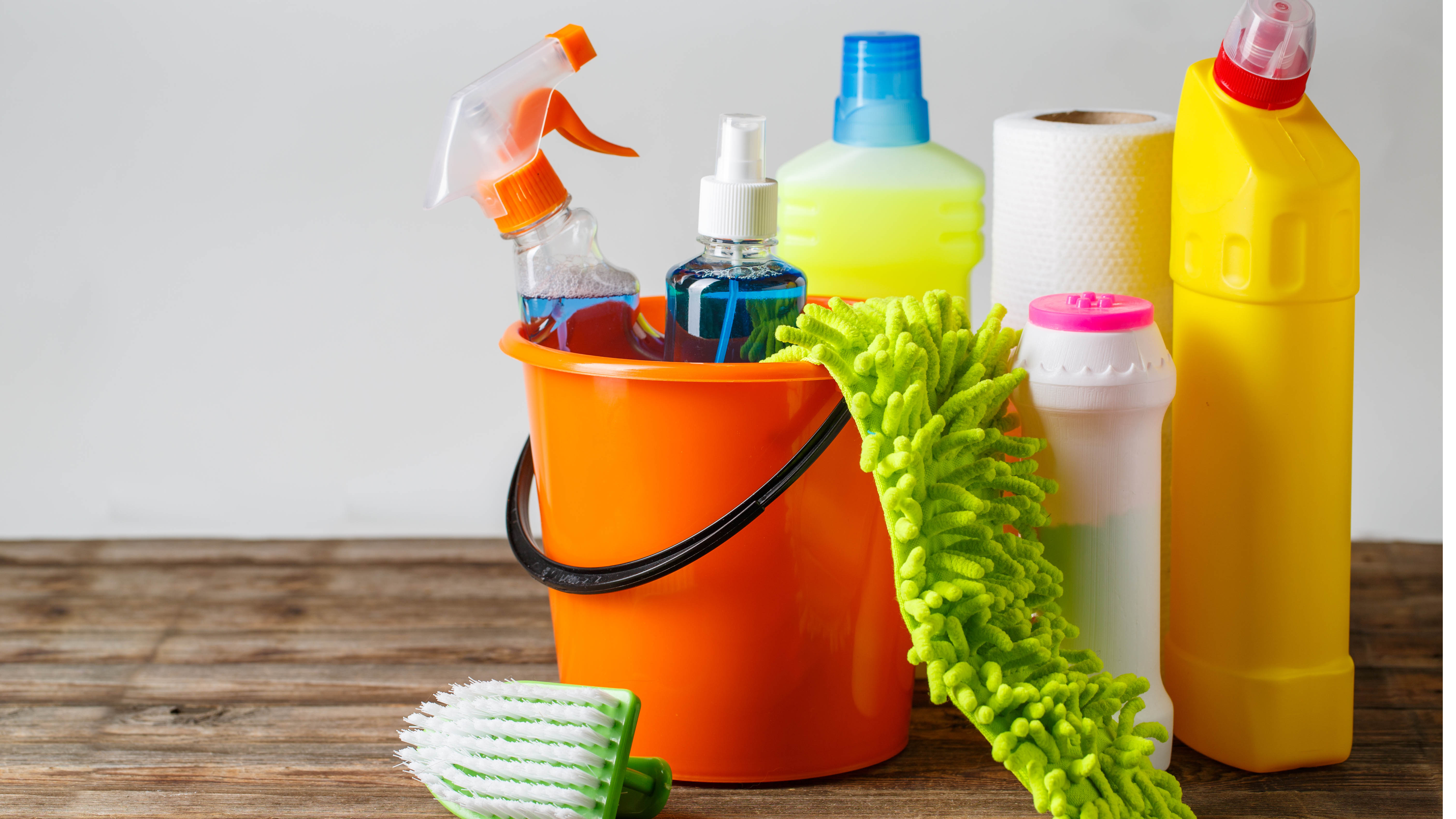
Another common cleaning mistake we make is not diluting our products properly. In fact, many of us don’t follow the guidance on labels at all! Most products require precise measurements to water in order to be effective.
“Measure it out and stick to the recommended amounts on labels to avoid chemical buildup,” advises Griffin. “You can keep it natural. For your everyday clean, vinegar, baking soda, and lemon are not only safe but also gentle on pretty much everything.”
And don’t forget to clean your cleaners — even your tools need a bath. A dirty mop or rag just pushes germs around.”
Additionally, you should always take safety precautions when handling chemicals. “If you're going to use a cleaning supply, read the labels and follow the instructions,” adds Webber. “When using harsh cleaning chemicals, always wear gloves and protective gear, such as masks.”
Plus, check out these 9 things you should never clean with an all-purpose cleaner — you’ll be surprised.
More from Tom's Guide

As the Homes Content Editor, Cynthia Lawrence covers all things homes, interior decorating, and garden-related. She has a wealth of editorial experience testing the latest, ‘must-have’ home appliances, writing buying guides and the handy ‘how to’ features.
Her work has been published in various titles including, T3, Top Ten Reviews, Ideal Home, Real Homes, Livingetc. and House Beautiful, amongst many.
With a rather unhealthy obsession for all things homes and interiors, she also has an interior design blog for style inspiration and savvy storage solutions (get rid of that clutter!). When she’s not testing cool products, she’ll be searching online for more decor ideas to spruce up her family home or looking for a great bargain!
You must confirm your public display name before commenting
Please logout and then login again, you will then be prompted to enter your display name.
